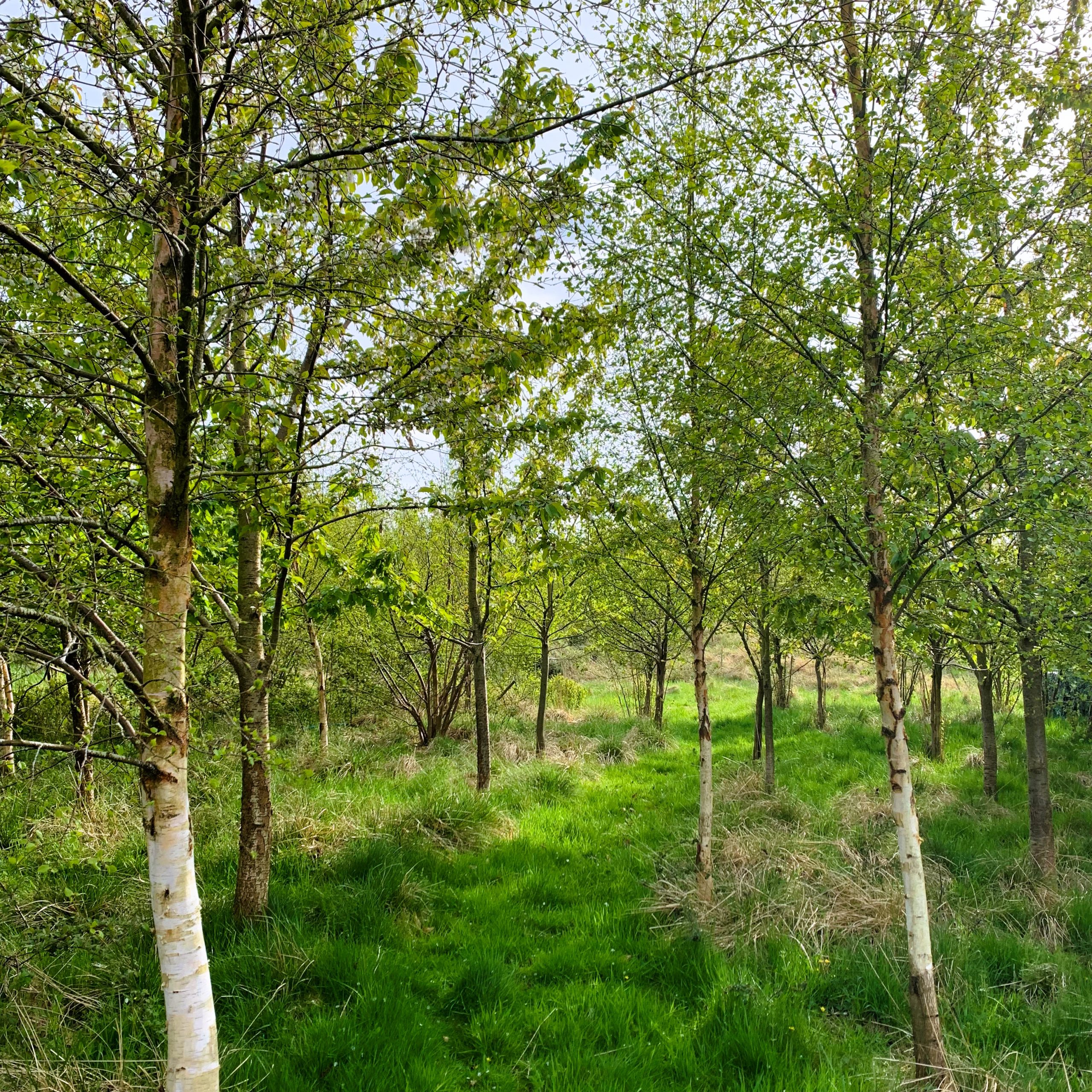Silver Birch Tree: A Symbol of Strength and Beauty
The Silver Birch tree, scientifically known as Betula pendula, is a species of deciduous tree native to Europe and parts of Asia. It is also commonly known as the European White Birch or the Weeping Birch. The Silver Birch is a beautiful tree known for its distinctive silver-white bark, delicate leaves, and graceful appearance. It holds a special place in many cultures and has been revered for its beauty and symbolism for centuries.
Physical Characteristics of the Silver Birch Tree
The Silver Birch tree is a medium-sized tree that typically grows to a height of 15-25 meters. It has a slender trunk with a distinctive silver-white bark that peels in thin, papery layers, revealing a smooth, pale brown bark underneath. The leaves of the Silver Birch are small, triangular-shaped, and have a serrated edge. They turn a bright yellow color in the fall before dropping to the ground.
One of the most striking features of the Silver Birch tree is its graceful, weeping branches that sway gently in the wind. The tree produces catkins in the spring, which eventually develop into small, winged nutlets that are dispersed by the wind. The Silver Birch tree is a hardy species that can tolerate a wide range of soil conditions and is often found in sandy or acidic soils.
The Symbolism of the Silver Birch Tree
In many cultures, the Silver Birch tree is seen as a symbol of strength, resilience, and new beginnings. Its silver-white bark is often associated with purity and wisdom, while its weeping branches are said to represent grace and flexibility. In Celtic mythology, the Silver Birch was believed to be a sacred tree that connected the earth and the heavens.

The Silver Birch tree is also associated with rebirth and renewal. In Russia, the Silver Birch is known as the Tree of Life and is often planted at weddings as a symbol of new beginnings. In Finland, the Silver Birch is considered a national symbol and is often planted to commemorate special occasions.
Uses of the Silver Birch Tree
The Silver Birch tree has a variety of uses, both practical and symbolic. The wood of the Silver Birch is light and strong, making it ideal for crafting furniture, flooring, and paper. The bark of the Silver Birch has been used for centuries in traditional medicine for its anti-inflammatory and antiseptic properties.
The Silver Birch tree is also valued for its ornamental qualities and is often planted in parks, gardens, and along streets for its beauty and shade. The tree is a favorite among landscapers for its graceful appearance and ability to thrive in a variety of environments.
Caring for a Silver Birch Tree
If you are considering planting a Silver Birch tree in your garden or landscape, there are a few key things to keep in mind. The Silver Birch thrives in full sun and well-drained soil, so be sure to choose a sunny spot with good drainage for your tree. The tree is relatively low-maintenance and does not require regular pruning, although you may want to remove any dead or damaged branches to promote healthy growth.
Watering is crucial for young Silver Birch trees, especially during hot, dry periods. Be sure to water your tree deeply and regularly, especially during the first few years after planting. Mulching around the base of the tree can help retain moisture and protect the roots from temperature fluctuations.
In Conclusion
The Silver Birch tree is a symbol of strength, beauty, and resilience that has captivated cultures around the world for centuries. Its distinctive silver-white bark, graceful branches, and delicate leaves make it a favorite among gardeners, landscapers, and nature lovers alike. Whether planted for its ornamental qualities, medicinal properties, or symbolic meaning, the Silver Birch tree is a cherished and iconic species that continues to inspire awe and admiration.